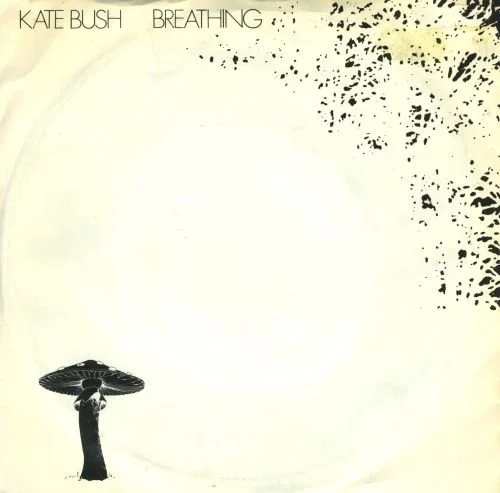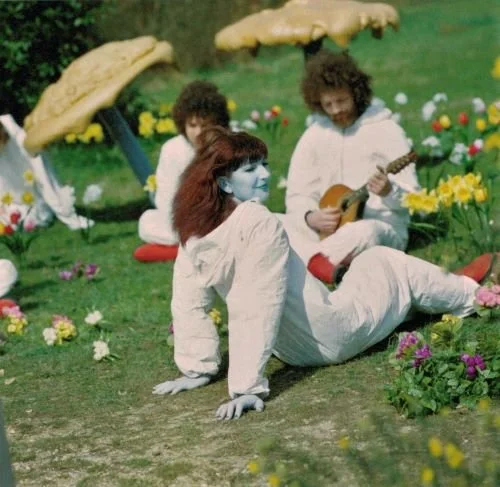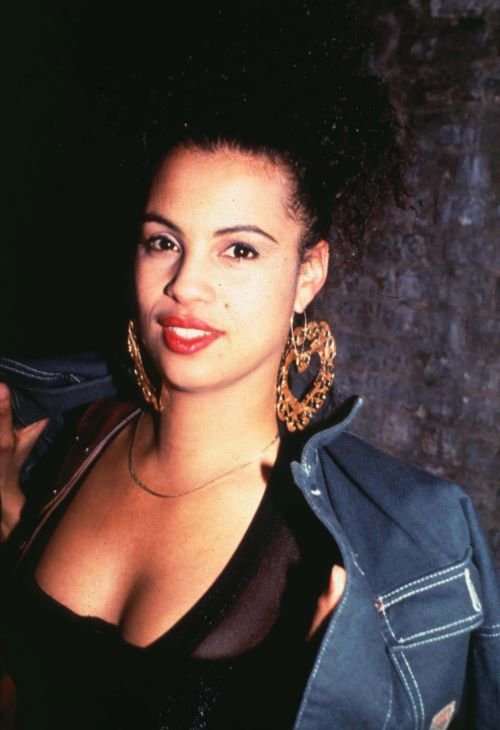Before I get to four album from 26th April you’ll want to pre-order, one of this year’s biggest arrives on 19th April. Taylor Swift’s The Tortured Poets Department comes off the back of her world-straddling and record-breaking Eras Tour – which is still going at the moment but has already been heralded a modern masterpiece – and sees her follow from 2022’s Midnights. You can order here. Last month, Billboard gave details of what we know so far about the album:
“Taylor Swift gave fans a lot more than they bargained for at the 2024 Grammys, dropping the bombshell news mid-acceptance speech that her new album, The Tortured Poets Department, is arriving this year.
The welcome news came as the pop star was accepting best pop vocal for her 2022 record Midnights — aka, the last album she announced without warning during an awards show acceptance speech. “This is my 13th Grammy – which is my lucky number, I don’t know if I’ve ever told you that,” she teased the crowd from the stage at Crypto.com Arena Sunday (Feb. 4). “I want to say thank you to the fans by telling you a secret that I’ve been keeping from you for the last two years …”
Swift went on to reveal the pending arrival of The Tortured Poets Department before posting the album’s sultry cover almost immediately after she left the stage. “All’s fair in love and poetry…,” she captioned the artwork. “New album THE TORTURED POETS DEPARTMENT.”
Later that night, the 34-year-old singer-songwriter took home a historic fourth album of the year for Midnights, but Swifties were probably more excited for the new LP announcement, especially because most were expecting that the musician would announce her long-awaited Reputation (Taylor’s Version) at the ceremony instead — so much so that “Rep TV” was trending ahead of the Grammys. Swift has been steadily releasing re-recorded versions of her first six albums since 2021. Following Fearless, Red, Speak Now and 1989, she only has her self-titled debut and Rep left to go — but clearly, fans will just have to wait a little longer as the Tortured Poets era takes hold
From the release date to the song titles, see everything Billboard knows about Swift’s 11th album The Tortured Poets Department below.
The Title
Obviously, the album is called The Tortured Poets Department — but fans suspect there are layers to that title. Namely, Swifties were quick to note how similar it sounds to a certain group chat shared by Swift’s ex-boyfriend Joe Alwyn and Paul Mescal, as revealed by the two actors in a December 2022 Variety interview: “The Tortured Man Club.”
The Cover
In the black-and-white album cover shared by Swift moments after announcing the album, she poses in a black top and shorts with her arms wrapped around her body, lying back on white bedding. Similar to the original 1989 cover, the top half of her face is obstructed.
Stylist Joseph Cassell revealed on Instagram that the photo features Swift wearing a black cami tank top and matching high-rise briefs from Mary Kate and Ashley’s fashion brand The Row.
The Tracklist
Swift shared the album’s full tracklist one day after announcing the project, revealing that Tortured Poets has a total of 16 songs plus one bonus track:
“Fortnight”
“The Tortured Poets Department”
“My Boy Only Breaks His Favorite Toys”
“Down Bad”
“So Long, London”
“But Daddy I Love Him”
“Fresh Out the Slammer”
“Florida!!!!”
“Guilty as Sin?”
“Who’s Afraid of Little Old Me?”
“I Can Fix Him (No Really I Can)”
“loml”
“I Can Do It With a Broken Heart”
“The Smallest Man Who Ever Lived”
“The Alchemy”
“Clara Bow”
Bonus Track: “The Manuscript”
The Collaborators
The Tortured Poets Department tracklist featured two major collaborations: Post Malone, whose name is billed on track one, “Fortnight,” as well as Florence + The Machine on track eight, “Florida!!!”
Both Posty and Florence Welch have sung Swift’s praises in the past, with the rapper calling the pop star “a great f—in’ songwriter” in an October 2023 interview with Howard Stern, and Welch and Swift trading compliments in a 2015 Billboard interview.
“What sets Florence apart? Everything,” Swift said at the time. “Every time I’ve been around her, she is the most magnetic person in the room — surrounded by people who are fascinated by the idea of being near her”.
































































